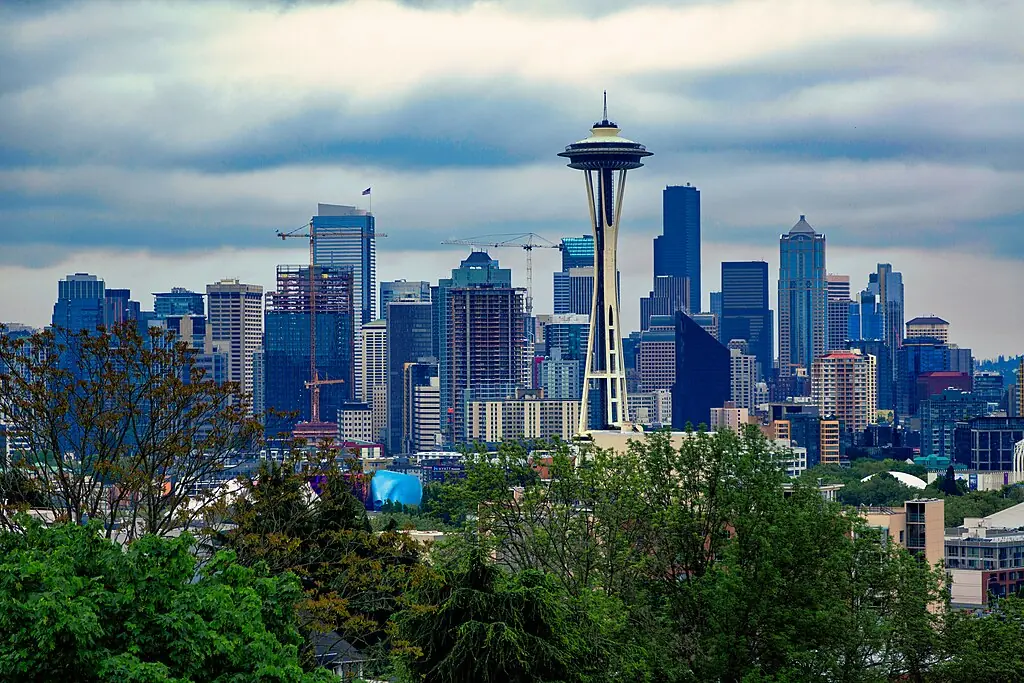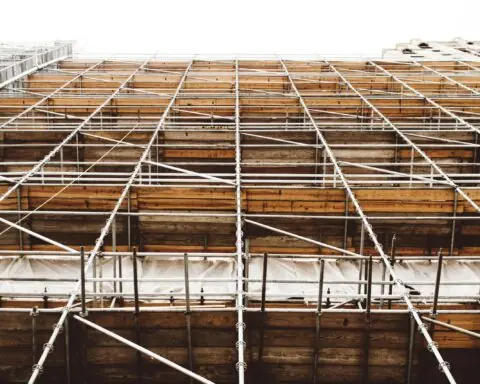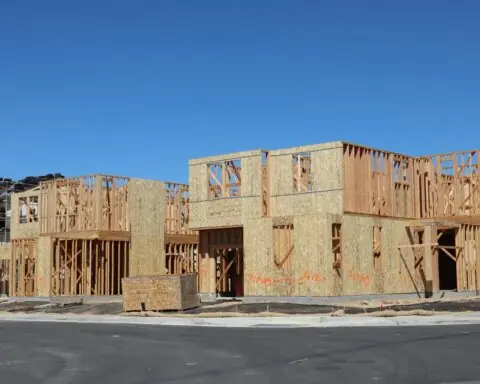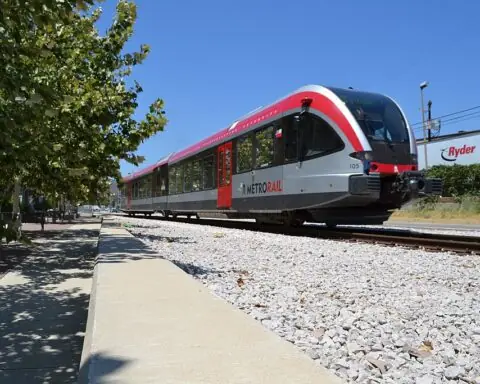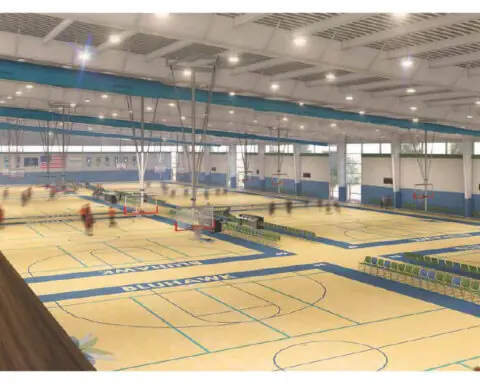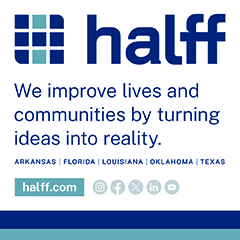The King County Council in Washington has approved a groundbreaking five-year action plan to address climate change and implement measures to bolster resilient ecosystems and mitigate climate impacts.
The 2025 to 2030 Strategic Climate Action Plan (SCAP) – adopted alongside the Climate and Workforce Strategy – details the county’s plans and priorities to reduce greenhouse gas emissions, reinforce infrastructure and mitigate risks to the environment and public health. The county included nine flagship principles as cornerstone facets of the plan’s execution. These include:
- Investing in community leadership, local partnerships and community preparedness to increase resilience and drive climate action.
- Transitioning to clean energy and reinforcing affordable housing and workplaces to withstand extreme heat, wildfires, flooding and other climate change-drive disasters.
- Expanding accessible multimodal mobility options.
- Supporting economic mobility by promoting opportunities created by the transition to clean energy for underserved communities.
- Enhancing food security and sustainable agriculture to ensure everyone has access to fresh, healthy food.
- Redesigning systems to reduce consumption, prevent waste and increase recycling processes.
- Focusing on ways to improve climate resilience, public health and ecosystems by protecting and restoring forests, waterways and green spaces.
- Incorporating resilience to climate extremes while building critical infrastructure.
- Taking community-first approaches to climate action and equity by enabling frontline communities, tribes and local organizations to develop and lead climate solutions.
The climate goals were overwhelmingly designed to benefit communities that have historically been disproportionately affected by climate change. By making these frontline communities the primary focus for a wide swathe of the plan’s upcoming climate mitigation efforts, King County will ensure its solutions have the largest impact possible while remaining feasible and cost-effective in the long-term.
As the plan is implemented, King County anticipates that it will reduce greenhouse gas emissions by 50% over the next five years, 75% by 2040 and 95% by 2050. The success of these efforts will largely be based on delivering carbon storage solutions, transitioning to clean fuel-based transit, protecting local ecosystems and converting existing and future buildings to green infrastructure.
The county’s greenhouse gas reduction goals will be folded into its broader existing and future policies and plans, ensuring climate impacts are addressed across all sectors equitably. A selection of these efforts include:
- Integrating climate resilience and equity into countywide planning as part of its Comprehensive Plan.
- Guiding land conservation priorities to protect green spaces and support climate resilience through the Open Space Plan.
- The Metro Strategic Plan for Public Transportation will prioritize methods to increase transit ridership, cut emissions and advance transit-oriented development.
- Requiring all county-owned capital projects to integrate sustainable design and emissions reductions.
Additional county programs and initiatives are highlighted as actional measures to protect natural carbon sinks, reduce emissions and expand funding for decarbonization projects. The plan notes four programs as the primary drivers for these efforts:
- A $50 million Building Decarbonization Grant from the Environmental Protection Agency (EPA) to electrify buildings and advance energy efficiency projects that reduce emissions.
- Generating carbon offsets through the Forest Carbon Program by buying and preserving forested lands and reinvesting revenue into conservation efforts.
- Protecting working forests, urban green space, agricultural lands and enhancing natural carbon sequestration through the Land Conservation Initiative.
- Supporting the C-PACER financing program to enable owners of certain properties to seek long-term financing for qualified improvements centered on energy and building resiliency.
The Climate and Workforce Strategy was approved alongside the plan, outlining a series of goals to ensure frontline communities have access to work and economic opportunities driven by the transition to clean energy and decarbonization.
Photo by Tony Webster, CC BY 2.0 https://creativecommons.org/licenses/by/2.0, from Wikimedia Commons



